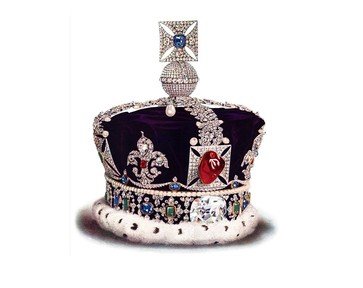
A Family Affair Trivia Quiz
While today only a handful of European nations are monarchies, in years gone by monarchy was the dominant form of government. Can you put this list of European royal houses into the right category of "current" or "defunct"?
A classification quiz
by Red_John.
Estimated time: 3 mins.